A New Era Begins: Watertown High School on Sterling Street
Built at a time of tremendous growth and prosperity, the new Watertown High School on Sterling Street was a three-story structure that, in the long-run, couldn’t keep pace with the city’s population. Having nearly doubled from 1890 to 1910, from 14,725 to 26,730, the city found itself at a period of antiquated schools that no longer served the purposes of a smaller village when many were originally built.
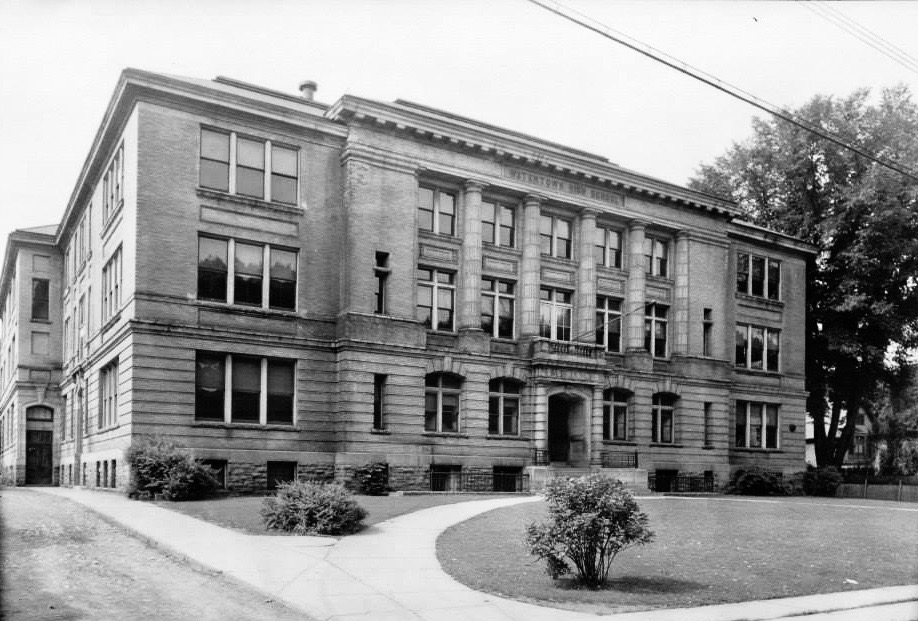
The city’s high school function would move from the much smaller Street Street location constructed in 1837 as the Black River Literary and Religious Institute. Once incorporated as a city, the building would be leased, putting the city in a quandary in later years as the costs to expand and improve the leased property became too costly to consider – particularly with keeping its rapid and unprecedented growth in mind.
In February of 1901, the city would begin the process by bonding $100,000 for the construction of the new High School, contracted by John Hardiman from plans designed by Wilson Potter of New York. In the March 1, 1901 Watertown Daily Times, the condition of overcrowding at the old high school were detailed–
It does not now accommodate the pupils who should be in the high school, at least 28 being now kept out of the school on account of inability to furnish them seating room. At the opening of the next fall term, this number will be increased to 75. In addition, a number of people have taken their children out of the high school on account of its crowded condition, and it is safe to say that by the fall term of 1901, there will be 100 children who should be in the high school but who cannot be accommodated.
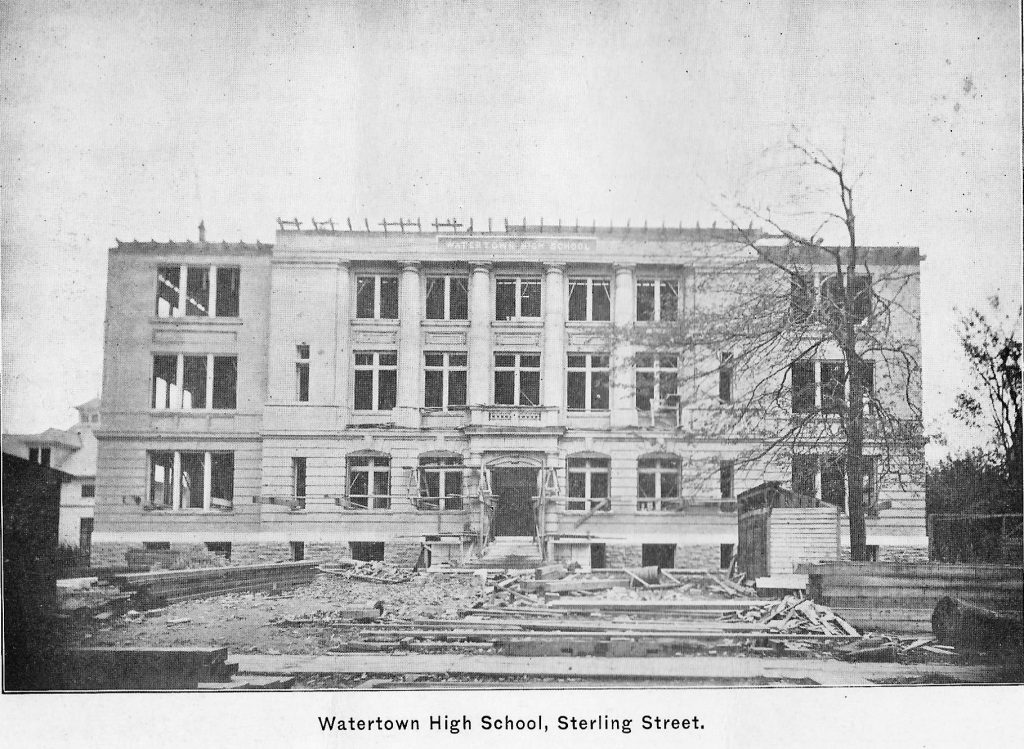
Construction began on the new Watertown High School on Sterling Street in March of 1902. With its commencing, the ball began to roll with regards to other schools such as the Lansing Street School as well as procuring the title to the land of the old high school lot on State Street.
The old high school building, still owned by the Black River Institute and managed by its trustees, would be procured by the Board of Education in 1906. The building would be razed and a much larger, modern structure, the State Street Grammar School, would alleviate conditions in other nearby elementary schools.
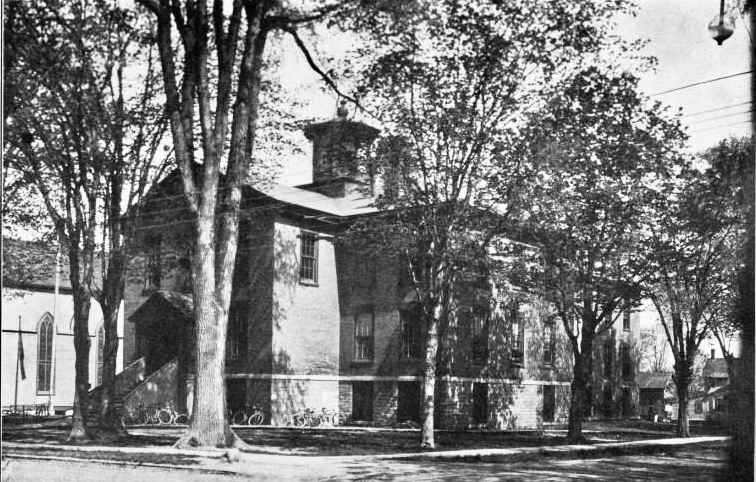
Prior to its being fully completed (one contract remained), the new Watertown High School on Sterling Street, costing more than $100,000 to build at the time, would be taken control of in the spring of 1904 after the Board of Health urged the Board of Education for its use as a temporary emergency hospital. The other two hospitals in the are, city hospital and the Sisters’ hospital, were already running 25-50% above capacity.
The Board of Health would note its perfect sanitary condition made it a great aid in stamping out the typhoid fever epidemic at a time when it was responsible for 26.7 of every 100,000 deaths from 1900 to 1904 (Washington Post, 1994, T.V. DiBacco). The wide open, airy rooms of the new school and its modern ventilation was the only one of its kind in the city as it was feared other temporary hospitals would need to be formed to fight the epidemic.
The new Watertown High School on Sterling Street would be used as an emergency hospital through early May of 1904, a total of two months. At its peak there were 12 – 15 patients located at the hospital and an estimated 25-30 cases total still in the city when the school’s use was discontinued. The two or three remaining patients were transferred to St. Joachim’s Hospital in the city. Work to finish the construction would reconvene and be completed in June and the first day of classes set for September 6.
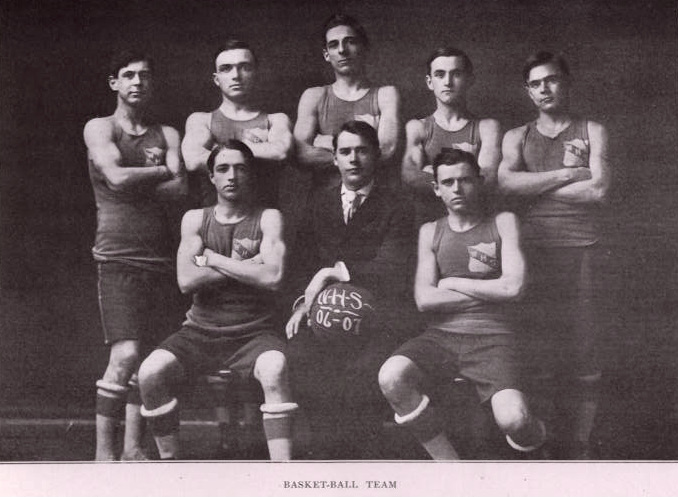
In its early years, the school would play “basket ball” home games at Washington Hall. WHS would regularly play teams from around the state, including high-profile teams from Buffalo. In 1910, an undefeated team would take on Utica in the New York Central League title at Washington Hall.
As a side note, back then all the sports team were referred to as the number of starters for the sport. The Watertown Nine were baseball, the five were basketball and the Eleven were football. Other places played for home games included the Glen Park Amusement Park before 1902 and Garland City Park.
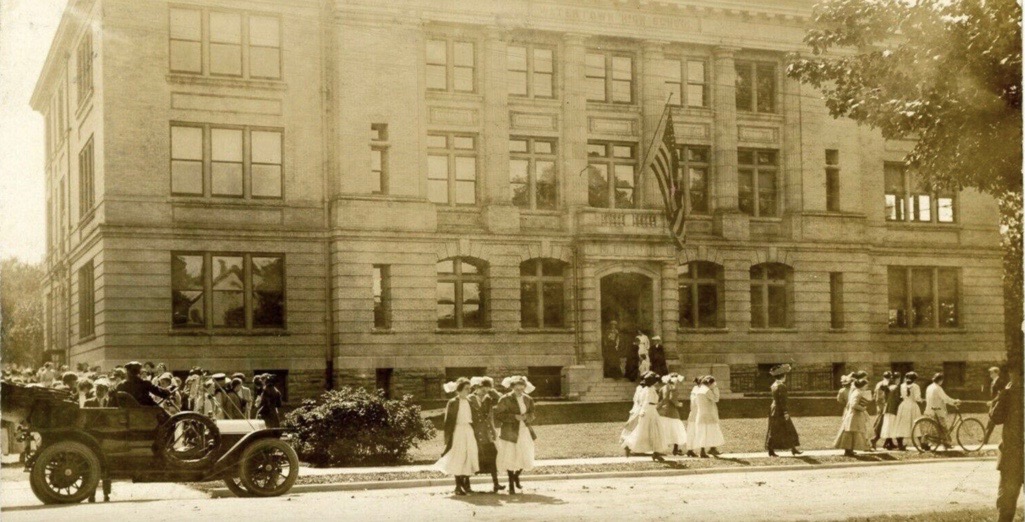
In the late 1940’s, talk of a new high school once again stirred the city. This time, there wasn’t any unanimous feelings as the North Side Improvement League attempted to prevent the city from issuing nearly $2,000,000 in new bonds to build a new school. The Board of education would soon approve the location of a new sight, close to the South Junior High School location on Washington Street. The other two locations under (some) consideration were on Eastern Blvd. and the Fairgrounds.
The Watertown High School on Sterling Street would last less than 50 years at its location, its last graduating class being 1950 when the city’s population was near its peak with over 34,000 residents, approximately 13,000 more than when the school first opened. A new facility would be built on Washington Street which still stands today.
The location of the Sterling Street school became home to the American Legion Post 61 after a deal was struck by local developer J.J. Capone to build it a new home on the site of the former school after it had been located at the old Herring Mansion around the corner on Washington and Clinton Streets for a number of years.

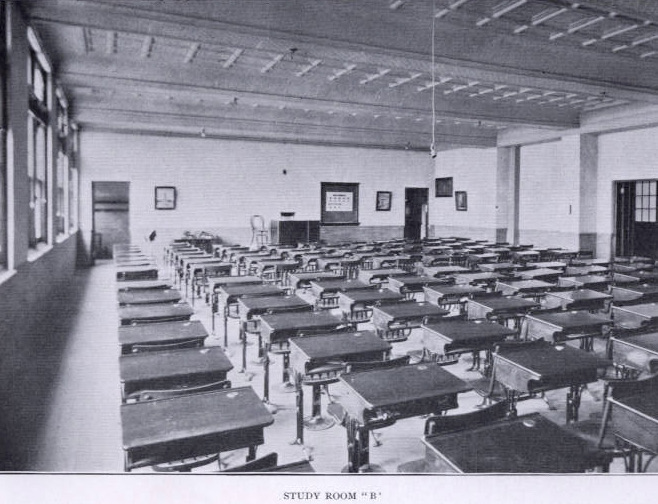
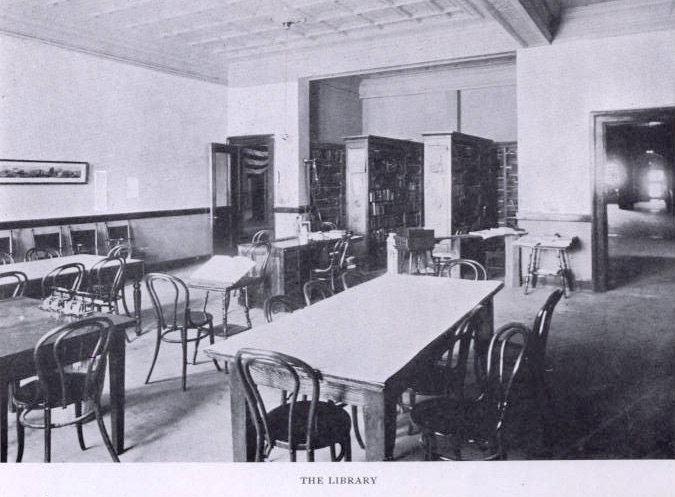

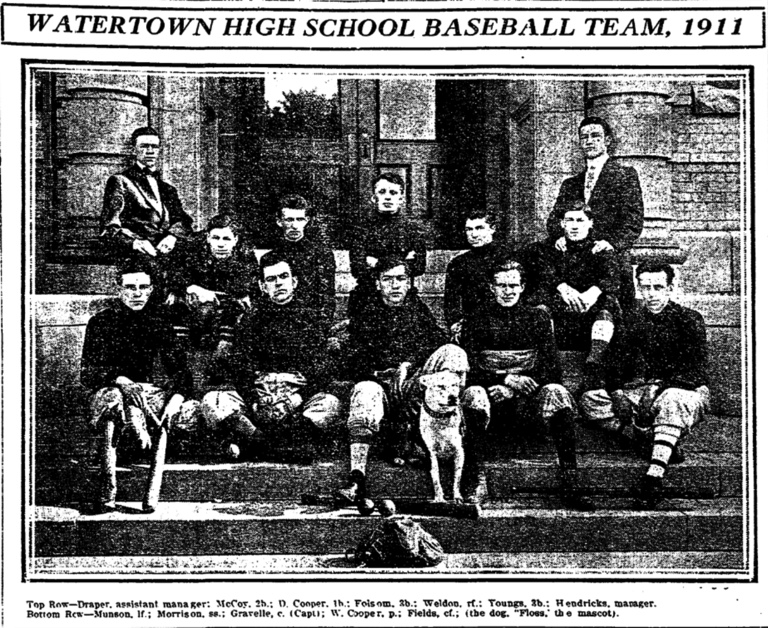
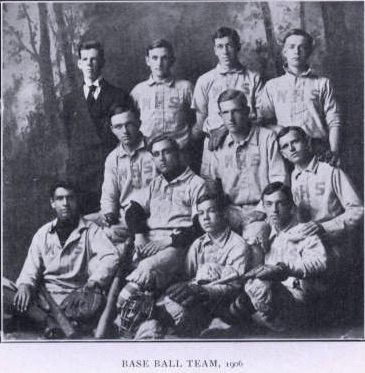
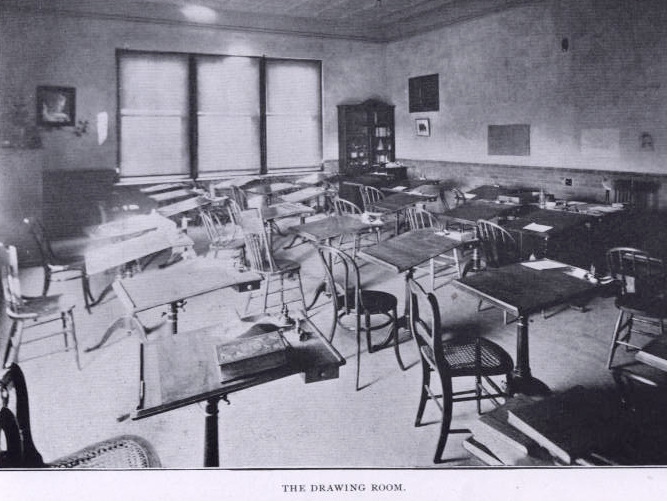

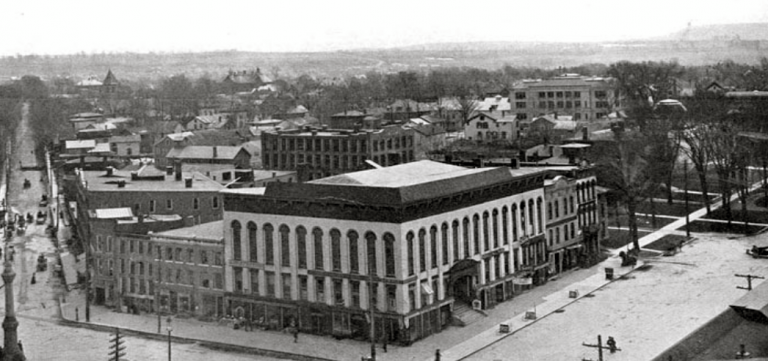
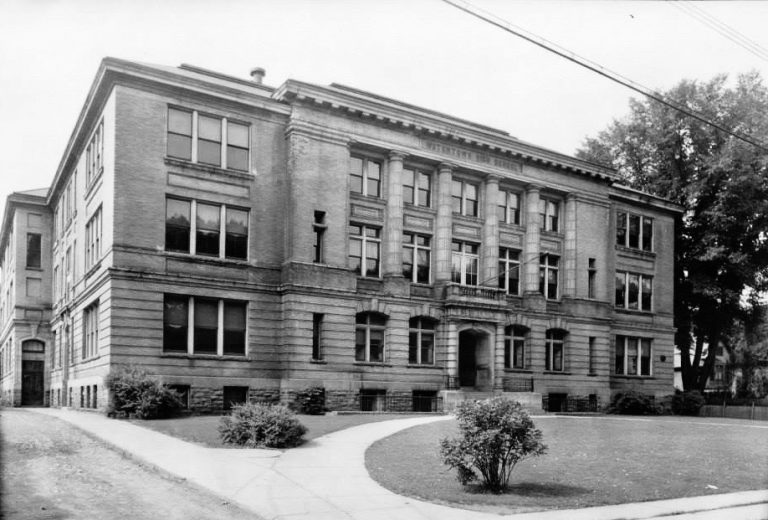

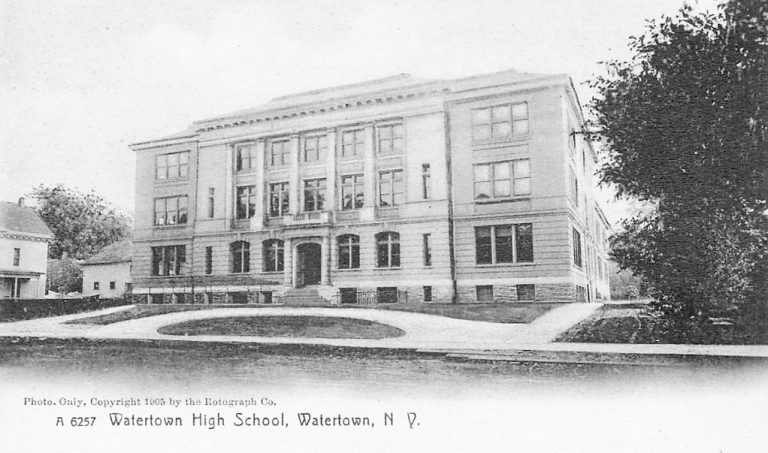
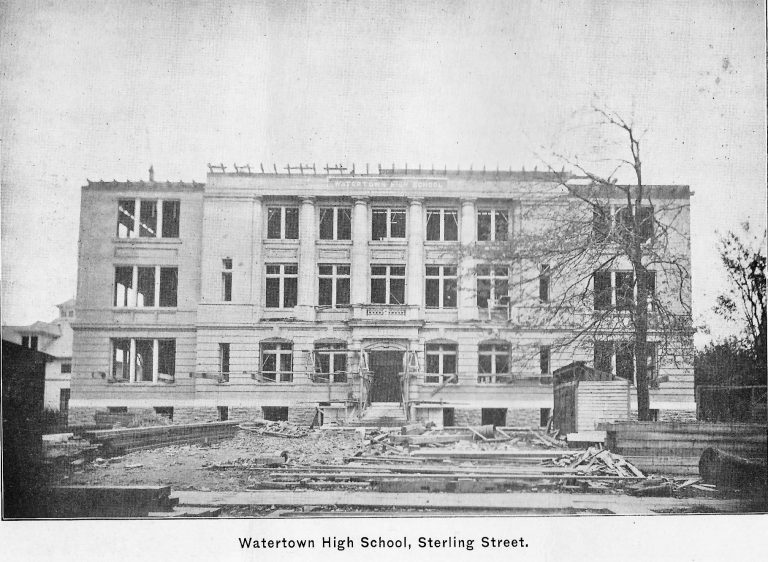
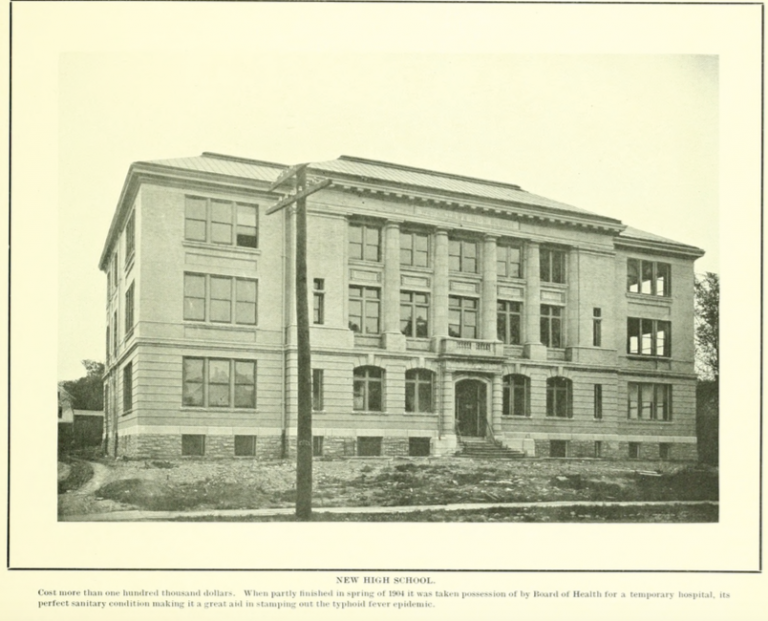


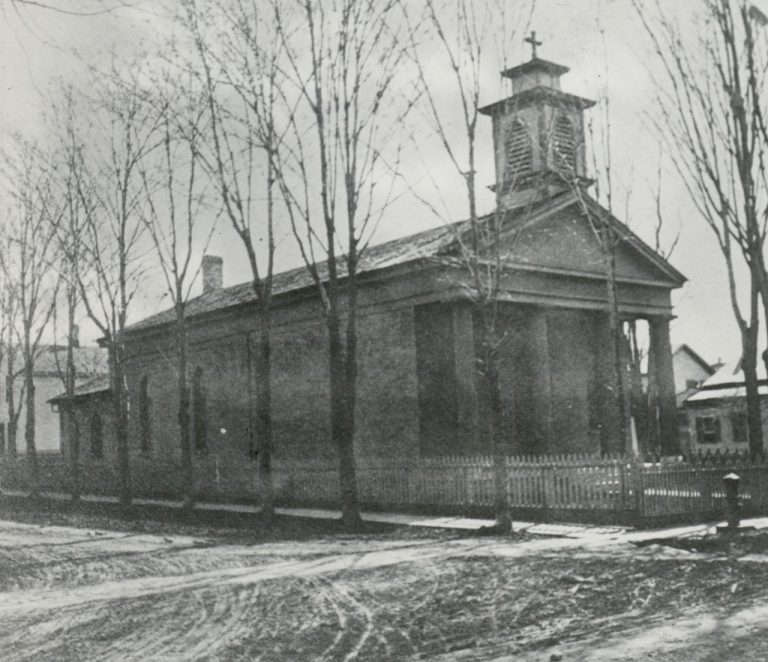


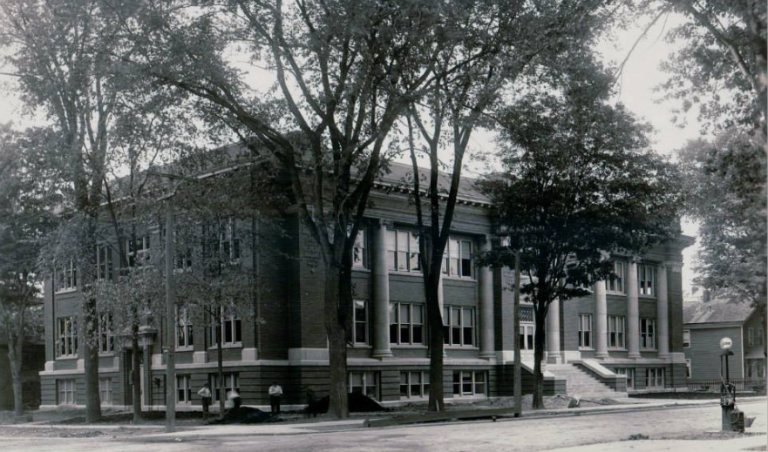

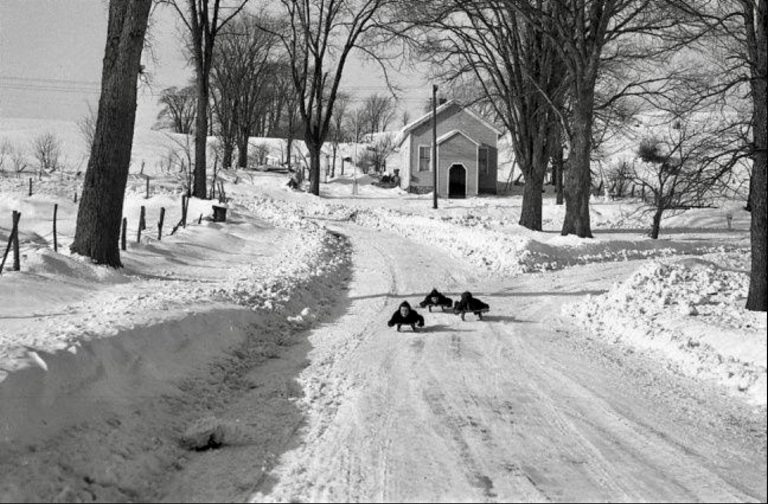

2 Reviews on “Watertown High School on Sterling St (1904 – 1950)”
It would be cool to know who is in the pic of the graduating class. Are any of them my parents or Aunts or Uncles?
I just checked the yearbook it’s from and the photo doesn’t have the names to it, unfortunately.
The class members included: Jeanne E. Adams, Sam P. Anzalone, Mary E. Athans, Mark W. Barker, Jr., Shirley Bintz, Ann Bisnett, Richard W. Bond, Ralph Brouty, Clayton L. Brundidge, Anthony Catalina, Barbara V. Clukey, Edward John Cole, Jo F. Cole, George William Cougler, Frank J. Derrigo, Priscilla A. Diner, Elinor Joan Duggan, Frederick K. Exley, Guy Galardo, William A. Graf, Joseph Guardino, Robert C. Halliday, Rosemary Elaine Kelly, Virginia M. Hibbert, Richard T. Kinnie, Ella Rose Knapp, Eugene F. Larabee, Catherine C. Lawton, Virginia Arlene Macomber, Sally Ann Nellis, Gerald F. O’Leary, Richard C. Palmetier, Glenn F. Palmer, Carl Lewell Perkins, Mary V. Piccoli, Robert L. Picarelli, Theresa Purpura, Manfred R. Quantz, Gloria Mae Richards, Helen Ann Schrodt, Robert John Simmons, Edward R. Smith, Robert J. Smith, Rita Sylvester, Jean Valentine, Katherine A. Wisner, Kathleen Young, Edward Otis and Bernard Phillipson.
Hopefully that helps some! One notable name in the list was author Fred Exley.
January 1947 graduating class.